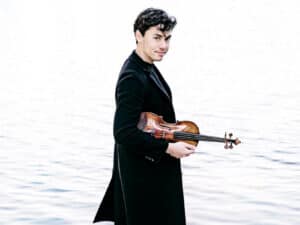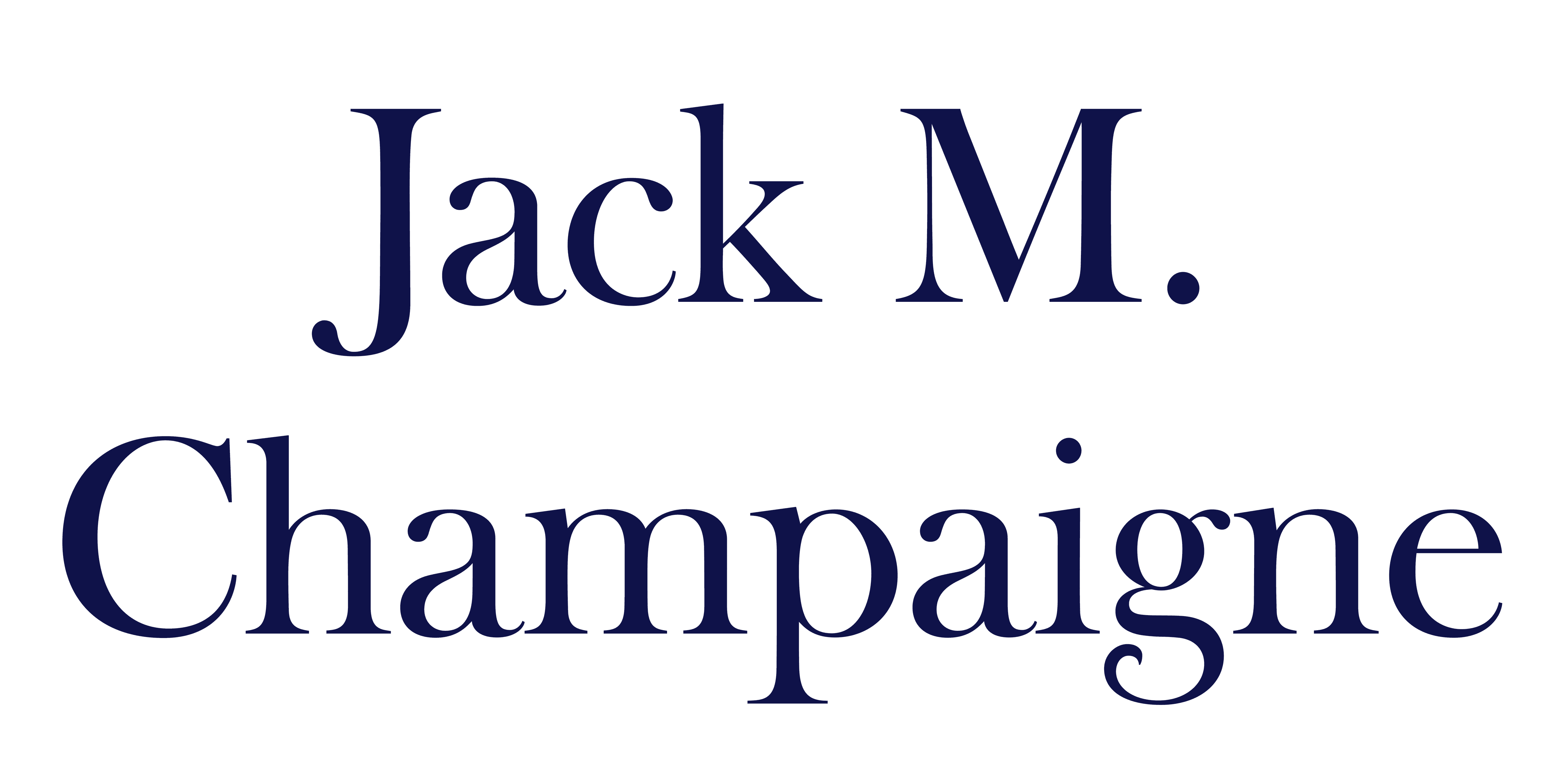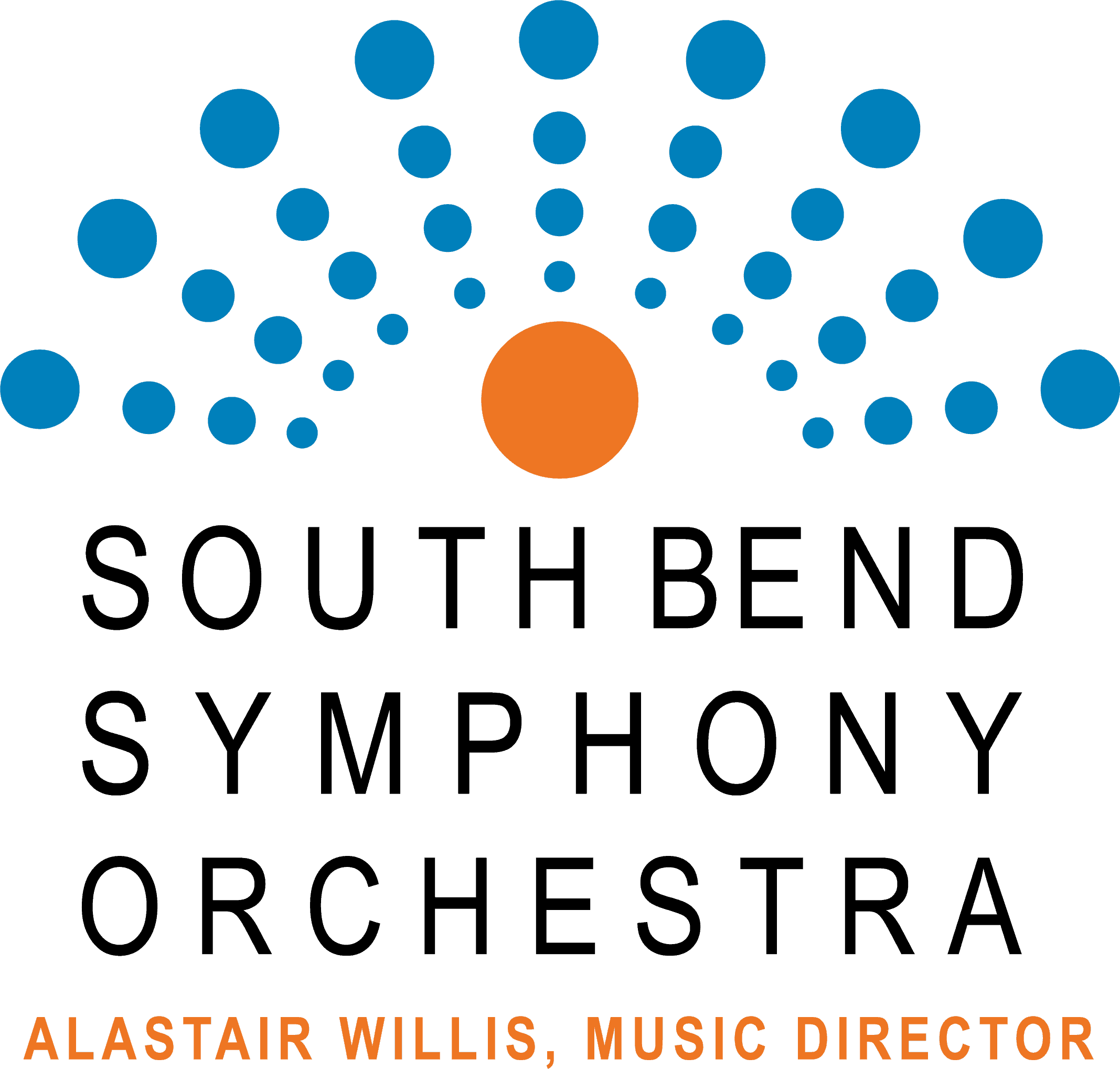February 15, 2025 / 7:30 p.m.
Indulge in the virtuosity of Tchaikovsky’s Violin Concerto in D major, Op. 35, followed by the majestic allure of Brahms Symphony No. 3. Experience an evening of unparalleled musical brilliance and be transported by the captivating melodies of these timeless masterpieces.
Program
BRAHMS
Symphony No. 3
I. Allegro con brio
II. Andante
III. Poco Allegretto
IV. Allegro — Un poco sostenuto
– Intermission –
TCHAIKOVSKY
Violin Concerto
I. Allegro moderato
II. Canzonetta: Andante
III. Finale: Allegro vivacissimo
Program Notes
Symphony No. 3
JOHANNES BRAHMS
Born: May 7, 1833, Hamburg, Germany
Died: April 3, 1897, Vienna, Austria-Hungary
Composed: 1883
Premiered: December 2, 1883, Vienna, Austria-Hungary, Vienna Musikverein
Duration: 35 minutes
Johannes Brahms’ Third Symphony is a profound work that blends technical mastery with deep emotional resonance. It is the shortest of his four symphonies, yet it is often considered the most unified and structurally compact. Clara Schumann, Brahms’ lifelong friend and confidante, observed its cohesiveness, remarking, “All the movements seem to be of one piece, one beat of the heart, each one a jewel!”
The symphony’s thematic material reappears across multiple movements, and its sophisticated key structure is a hallmark of Brahms’ intricate compositional style. The work opens with three mighty chords establishing the symphony’s primary motive, F–Af lat–F, a musical shorthand for Brahms’ personal motto, “Frei aber froh” (Free but happy). This motif, a playful response to his friend Joseph Joachim’s motto, “Frei aber einsam” (Free but lonely), recurs throughout the symphony, creating a sense of unity and coherence.
The first movement begins with an ambiguous theme, fluctuating between F major and F minor, embodying the tension between major and minor modes that permeates the entire work. This movement showcases Brahms’ ability to develop and transform thematic material, culminating in a rich, dramatic narrative.
The second movement, Andante, contrasts with its serene, lyrical quality. It begins with a meditative passage for clarinets, bassoons, and horns, creating a pastoral atmosphere. This movement exemplifies Brahms’ talent for orchestration, with delicate interplay among the woodwinds and strings.
In the third movement, Brahms departs from the traditional vigorous Scherzo, presenting instead a soulful and introspective theme introduced by the cellos. Clara Schumann described this movement as “a pearl, but it is a grey one dipped in a tear of woe,” capturing its melancholic beauty.
The final movement returns to the stormy character of the first, with an energetic, bustling theme in F minor. The tension builds through jagged, almost angry ideas until the clouds part, revealing a radiant, optimistic theme in the major key. The coda, marked by muted violas, gently resolves the symphony with a warm, autumnal glow, echoing the opening movement’s tranquility.
In his life, Brahms often told friends, “I speak through my music” and in the Third Symphony, listeners will surely find that his voice remains clear and resonant as ever.
Violin Concerto
PYOTR ILYICH TCHAIKOVSKY
Born: May 7, 1840, Votkinsk, Russian Empire
Died: November 6, 1893, St. Petersburg, Russian Empire
Composed: 1878
Premiered: December 4, 1881, Vienna, Austria, Vienna Musikverein
Duration: 30 minutes
Tchaikovsky’s Violin Concerto is celebrated as one of the most beloved concertos in the repertoire, yet its journey to acclaim was fraught with early challenges and harsh criticisms. The concerto was conceived after Tchaikovsky’s tumultuous marriage and subsequent emotional collapse in 1877. Seeking solace, Tchaikovsky retreated to the Swiss village of Clarens on Lake Geneva with his brother Modest and the young violinist Yosif Kotek. Inspired by Edouard Lalo’s Symphonie Espagnole, Tchaikovsky set aside a piano sonata to begin work on his violin concerto, completing it in just a few weeks.
Despite the initial enthusiasm, the concerto faced immediate obstacles. Leopold Auer, for whom the piece was written, dismissed it as “unplayable,” a judgment that influenced other violinists and delayed its premiere. Eduard Hanslick, a prominent Viennese critic, infamously described the concerto as “music that stinks to the ear” after its first performance in 1881, delivered by Adolf Brodsky. This criticism deeply affected Tchaikovsky, who never forgot Hanslick’s harsh words.
Despite these initial setbacks, the concerto’s inherent beauty and technical brilliance gradually won over performers and audiences. Its first movement, Allegro moderato in D Major, is characterized by graceful lyricism and virtuosic vigor, reflecting the scenic charm of Clarens and Tchaikovsky’s emotional intensity. The Andante cantabile, a serenely mournful second movement, juxtaposes melancholy and pastoral melodies, creating a poignant contrast.
The final movement, Allegro vivacissimo, bursts with exuberant energy and incorporates an energetic Russian dance, capturing the spirit of Tchaikovsky’s homeland. This movement, marked by its lively rhythms and passionate conclusion, underscores the concerto’s dynamic range and emotional depth.
Over time, the concerto overcame its early criticisms. Auer, who initially rejected the work, later became one of its most ardent advocates, teaching it to his renowned students, including Jascha Heifetz and Mischa Elman. The concerto’s seamless blend of lyrical melodies, dramatic shifts, and technical demands solidified its place as a masterpiece. Today, Tchaikovsky’s Violin Concerto is a testament to the composer’s resilience and genius, celebrated for its emotional depth and virtuosic challenges. It remains a cornerstone of the violin repertoire, a work that continues to captivate and inspire.
Benjamin Beilman, Violin

Benjamin Beilman is a leading violinist praised for his passionate performances and rich tone, described by The New York Times as “muscular with a glint of violence.” His 2023-24 season features debuts and returns with major orchestras, including the St. Louis Symphony, Minnesota Orchestra, Oregon Symphony, and Pacific Symphony. In Europe, he will perform with the SWR Symphonieorchester Stuttgart, Deutsche Radio Philharmonie Saarbrücken, and the Tonkünstler Orchester and will also debut with the BBC National Orchestra of Wales. Beilman is committed to contemporary music, with new works written by Frederic Rzewski and Gabriella Smith. He has performed with orchestras worldwide, including the Chicago Symphony and Philadelphia Orchestra. He regularly plays at renowned venues like Carnegie Hall and the Berlin Philharmonie. Beilman studied at the Curtis Institute and the Kronberg Academy and performed on the “Ysaÿe” Guarneri del Gesù from 1740, on loan from the Nippon Music Foundation.
Meet the Musicians Here!
Secure your seat with a Season subscription. Visit www.southbendsymphony.org or call 574-232-6343 to save your seats and get the best prices!
Sponsors


